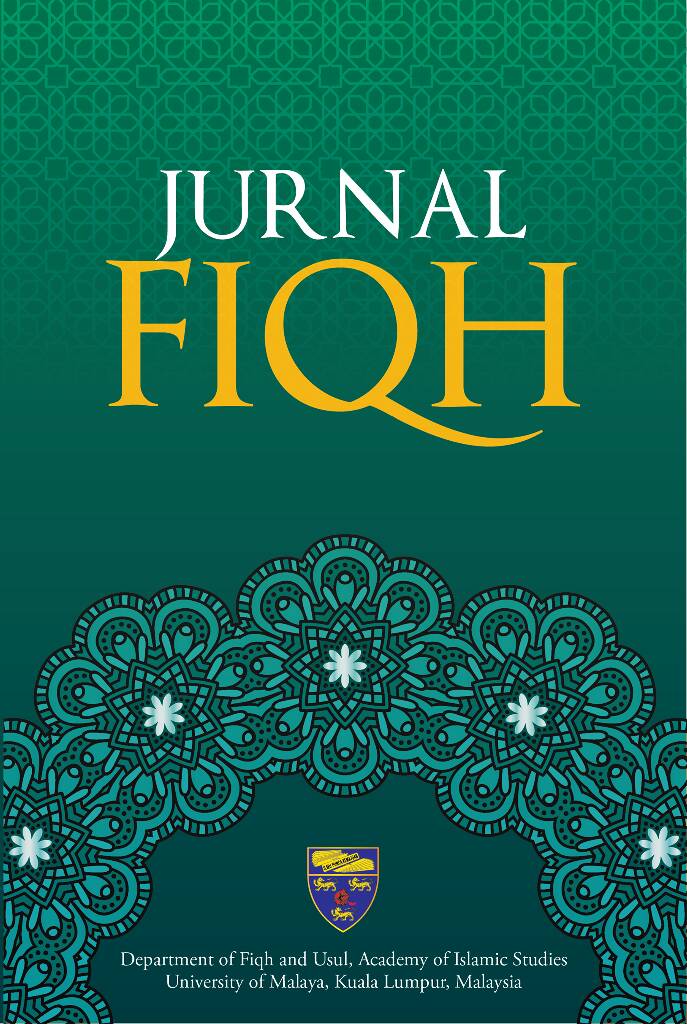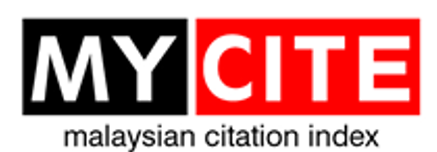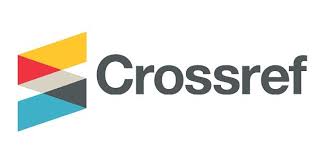Kesan Revolusi IR 4.0 Terhadap Perkembangan Dan Ketepatan Aplikasi Kiblat Dalam Telefon Pintar
The Effect of Industrial Revolution 4.0 on the Development and Accuracy of the Qiblah Application in Smartphones
DOI:
https://doi.org/10.22452/fiqh.vol17no2.3Keywords:
qiblah application, Play Store, Smart Phone, Revolution IR 4.0Abstract
The IR 4.0 Revolution or known as The Fourth Industrial Revolution or the Digital Era emerged in the late 20th century. The advent of the digital era has had a drastic impact on the smartphone telecommunications industry which is now intelligent artificial with various functions. It not only serves as a telecommunication tool but also as a ‘good friend’ of human beings that provides all the necessary information only through the medium of the Internet network. Realizing the existence of problems of the Muslim public in terms of determining the direction of qiblah, the industry took the opportunity to create qiblah application in smartphones through the Play Store medium. Of course on the basis of profit, the company or private produce various qiblah applications that are improved regularly according to the needs of users. In fact, the development of the aircraft transport industry and the tourism industry further boosted the needs of consumers for the qiblah application as well as stimulate the production of qiblah applications in the Play Store. The objective of this study is to gauge the error that exists in qiblah applications tested at different locations. Ironically, there were qiblah applications that merely disappeared, or were renamed and there are added new ones in the Play Store. As a result of the update in January 2018, it was found that a total of 248 qiblah applications existed in smartphones. However, this number changed to 226 applications on the April 2018 update date. This shows that the number of qiblah applications in the Play Store varies from time to time. The question is whether the accuracy of the qiblah applications available in the Play Store today is influenced by different locations. A total of 20 qiblah applications were randomly selected. The test results showed that the error and qiblah difference varied at each observation location. Hence, the results of this study can be a reference for the Muslim community to choose applications that have minimal error rates in order to determine the direction of the qiblah to perform ṣalāh.













